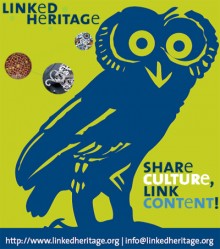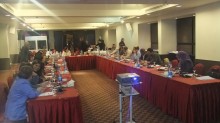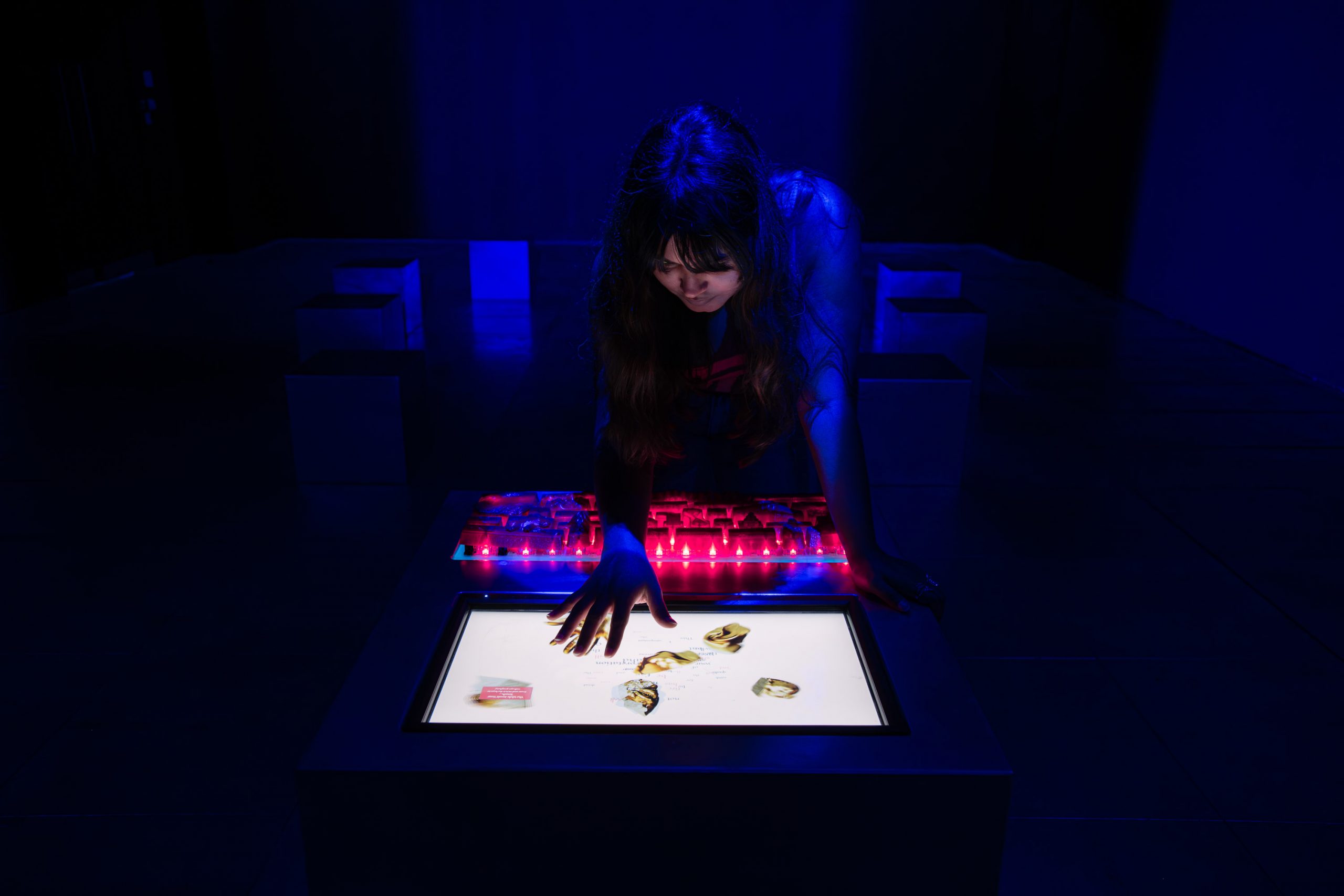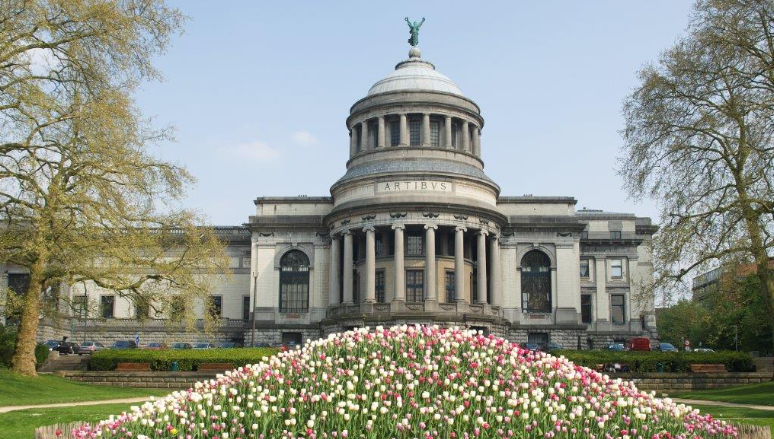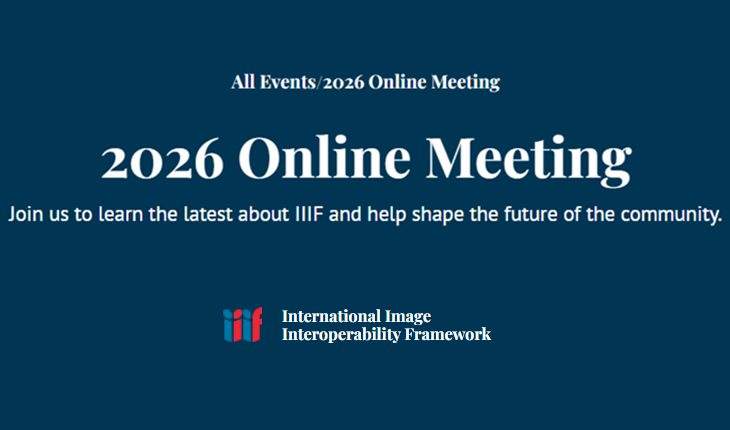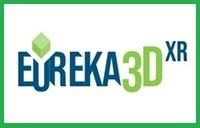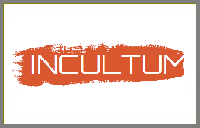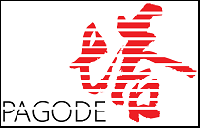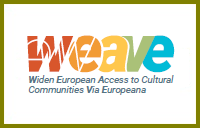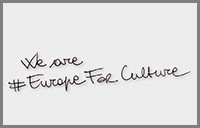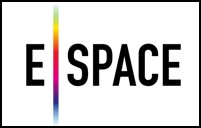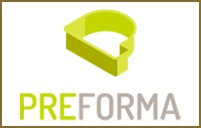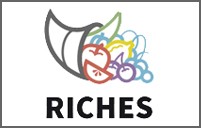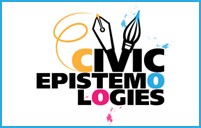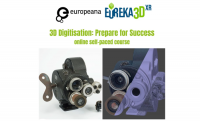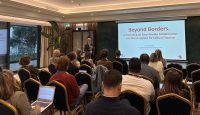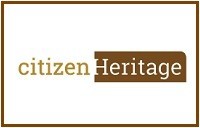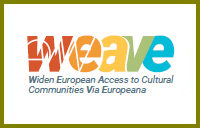Login Status
-
Free text
UPCOMING EVENTS:
 London (UK), 4-6 November 2026
London (UK), 4-6 November 2026Languages & The Media, the Biennial International Conference on Audiovisual Language Transfer in the Media, is gearing up for its 16th edition, scheduled from November 4 to 6, 2026, at Senate House, University of London, UK. Under the theme Moving … Continue reading →
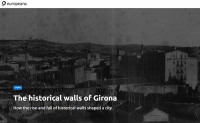 A new blog published on Europeana in the context of EUreka3D-XR
A new blog published on Europeana in the context of EUreka3D-XRThe story of Girona is the story of its walls – built in Roman times, altered in the Middle Ages, and demolished in the 19th and 20th centuries. Now the walls are being virtually reconstructed in 3D by the EUreka3D-XR … Continue reading →
Topic: digital preservation

Jordan’s Minister of Tourism and Antiquities and Minister of Environment Nayef Hmeidi Al-Fayez launched the event in collaboration with European Delegation in Amman to disseminate the results and actions of 4 EU-supported projects in Jordan and the Euromed countries in a blustering force. Continue reading

In the third week of November (from 20th to 23rd) it was held a new edition of the Image and Research Conference, organized by the Centre for Image Research and Diffusion (CRDI) of the Girona City Council with the collaboration of the Association of Archivists of Catalonia. The Image and Research Conference held its twelfth year, and after 22 years, we have become the benchmark event in Spain for professionals involved in photography and audiovisual mainly in the field of archival, preservation, history and document management. Continue reading
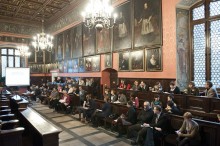
Scope of the conference was to gather specialist from different fields, all connected with the matter of digitization to exchange knowledge and experience. Very important point was to show the dissonance between theory and everyday reality. The conference was an opportunity for regular employees of cultural institutions to ask questions and dispel many doubts about digitization, perspectives of development and current problems. Continue reading

Old photos are often the only witness to the theatrical life of our great grandparents that we have. They are usually identified, but sometimes we do not know anything. We look into faces of strangers in theatrical costumes, see their fascination by Thalia, we realize the transience of theatre, of nationalities that for example used to live in the territory of contemporary Slovakia, we are confronted with our own mortality. Continue reading

Lisbon hosts the Linked Heritage Third Plenary Meeting and WP Technical meetings. Linked Heritage is a 30 month EU project, started on 1st April 2011. The Plenary represents an interesting and useful meeting to know the state of the art of the project and to plan the activities for the next months. The meeting is organized by Instituto Superior Técnico (Portugal). Continue reading

DESIDOC Journal of Library & Information Technology, in July dedicated a special issue about Digital Preservation. The Journal endeavours to bring recent developments in information technology, as applicable to library and information science, to the notice of librarians, documentation and information professionals, students and others interested in the field. Continue reading
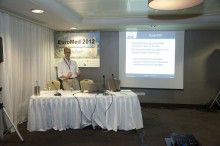
Extract from the article by Steve Brewer, EGI, available on EGI’s blog. EGI, European Grid Infrastructure, was one of the protagonists of this valuable event that collected experts from the digital cultural heritage field, researchers, scientist and technicians. The common goal is to focus on interdisciplinary and multi-disciplinary research on tangible and intangible Cultural Heritage, the use of cutting edge technologies for the protection, preservation, conservation, massive digitalisation and visualization/presentation of the Cultural Heritage content (archeological sites, artifacts, monuments, libraries, archives, museums, etc) Continue reading
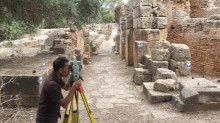
from Dr. Marwan Asmar (Chief Project Editor of Ancient Theatres Enhancement for New Actualities-ATHENA Project). The scanning of the Cherchell and Tipaeza Theaters in Algeria are being digitally fashioned to categorize the intertwining of heritage, culture and tourism. Through the scanner and total station they are being reproduced graphically to bolster their role in different aspects of development, from the local community to attraction hubs. Continue reading


